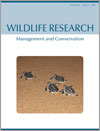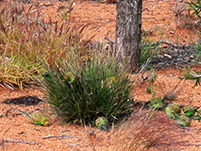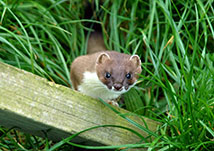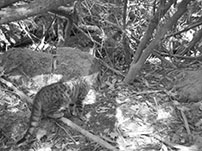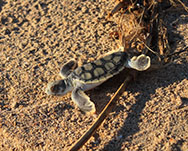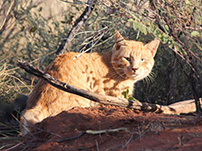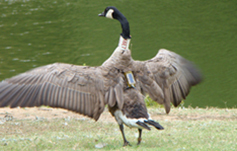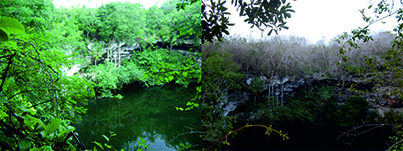WR13209Fertilisation, cattle grazing and voles: collapse of meadow vole populations in young forests?
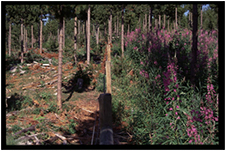
Population fluctuations of voles may have been damped out in young forests of the Pacific north-west of North America, possibly owing to cattle grazing. In high-quality habitats where cover and other attributes of vegetation are substantial enough to generate population increases and fluctuations of voles, grazing of vegetation by cattle may lead to potential collapse of fluctuations. Reductions in populations of voles may have serious consequences for predator communities and other ecological functions.


